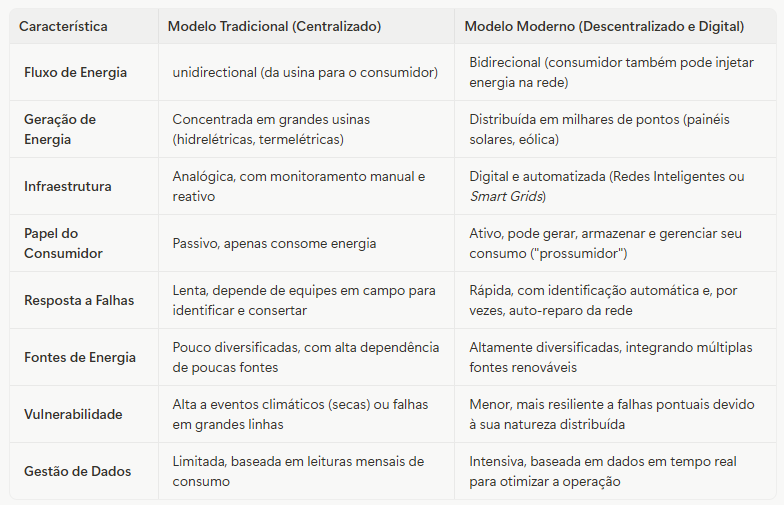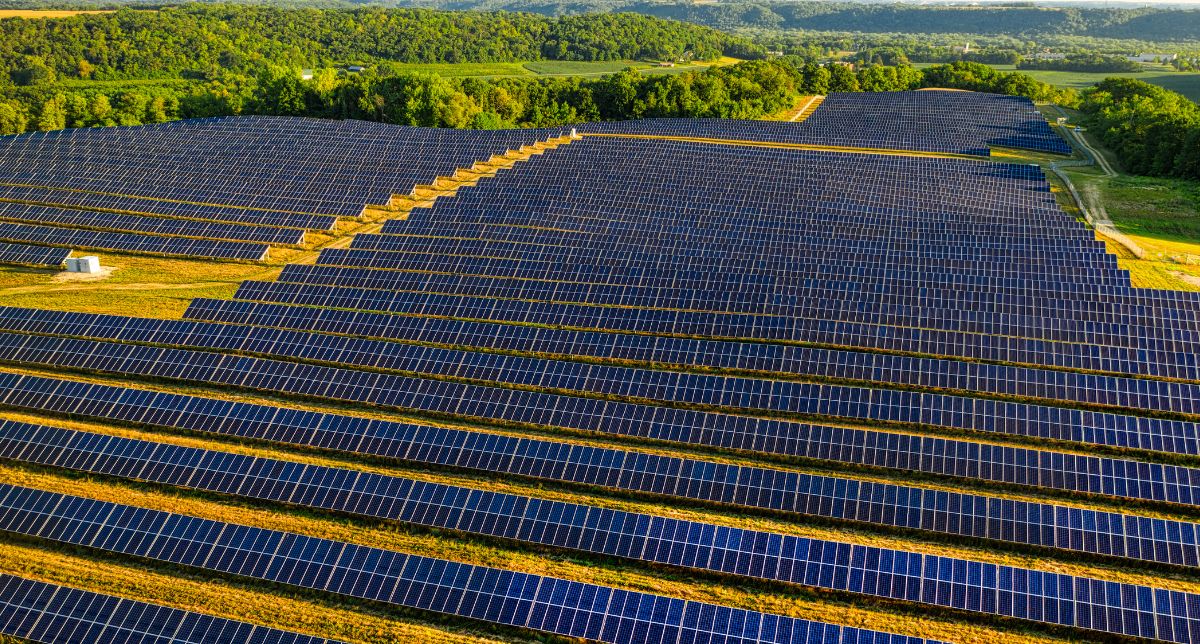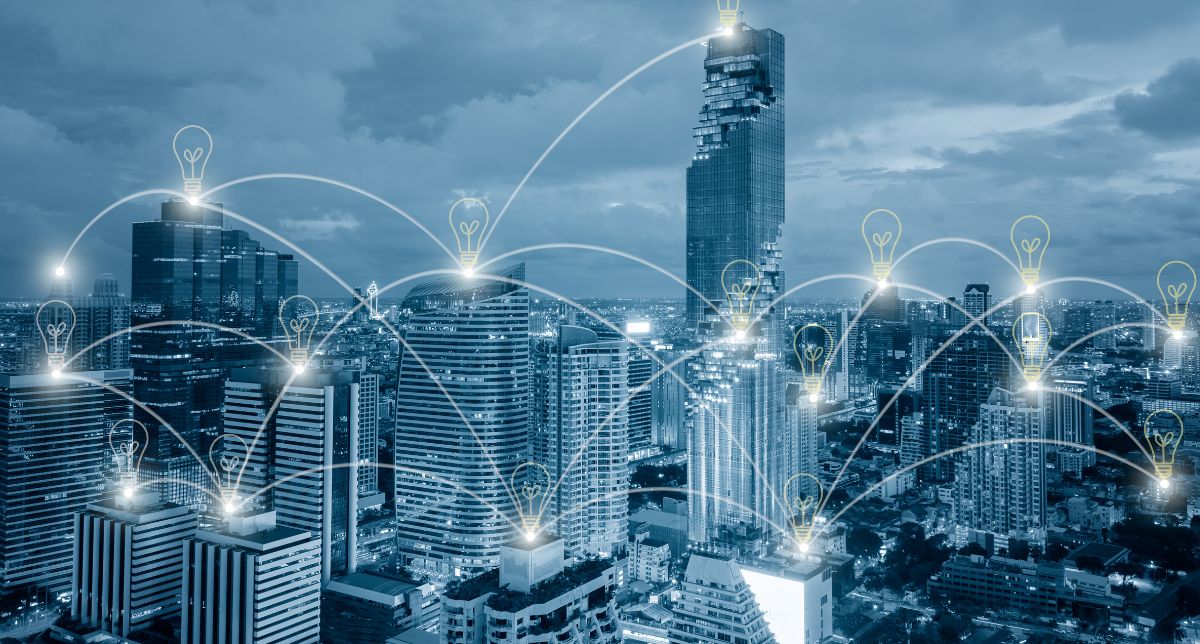Brazil, with its vast territory and predominantly renewable energy matrix, faces a continuous and complex challenge: how to ensure an energy distribution system that is safe, efficient, accessible, and sustainable for all its citizens. The debate over the ideal distribution model is not only technical but also strategic, involving infrastructure modernization, regulatory frameworks, and the growing integration of new technologies. The central question, which echoes from government planning rooms to consumers’ homes, is: what is the path to strengthening the country’s electrical security?
The foundation of Brazil’s electrical system was built on a centralized model, where large hydroelectric plants, often located far from consumption centers, generate energy that is transported through long transmission lines to local distributors. While this model has served the country well for decades, it now shows signs of exhaustion in the face of new demands. The 2021 water crisis, for instance, exposed the vulnerability of a system overly dependent on a single source, even if renewable.
The Pillars of Modernization: Decentralization and Digitalization
Experts and industry stakeholders agree that the future of energy distribution is decentralized and digital. This new paradigm rests on two fundamental concepts:
- Distributed Generation (DG): Instead of relying solely on mega-plants, DG allows consumers themselves to generate energy, primarily through photovoltaic solar panels. This energy can be consumed on-site, and any surplus can be fed into the public grid, generating credits for the producer. Law No. 14,300/2022, known as the Distributed Generation Legal Framework, was a crucial step in regulating this practice, establishing clear rules for energy compensation and network usage fees.
- Smart Grids: The digitalization of distribution networks is what makes decentralization viable on a large scale. Smart grids use sensors, digital meters, and automation software to monitor energy flows in real time. This enables distributors to manage supply and demand with far greater accuracy, instantly detect failures, reduce technical and commercial losses, and safely integrate thousands of new distributed generation sources.

The Role of Investment and Regulation
The transition to this more modern and resilient model requires massive investment. It is estimated that Brazil’s energy distribution sector will need significant capital in the coming years to modernize its infrastructure, including replacing outdated networks and implementing automation technologies.
The regulatory challenge is equally important. The National Electric Energy Agency (ANEEL) plays a central role in creating an environment that encourages such investments while ensuring fair tariffs for consumers. The debate over the renewal of distributor concession contracts, many of which expire in the coming years, is a critical issue. New contracts must include stricter targets for service quality, efficiency, and modernization, linking company remuneration to the achievement of these goals.
The legislative and regulatory agenda for the electricity sector in 2025 is highly active, with a focus on unlocking new technologies and modernizing existing rules. Key highlights include:
Energy Storage Regulation: Perhaps the most crucial issue of 2025. ANEEL is finalizing regulations for storage systems, such as large-scale batteries. Agency director Daniel Danna has stated that the first rule, covering how these technologies can be implemented, connected to the grid, and remunerated, is expected to be published in the second half of 2025. This regulation is vital to provide legal certainty for capacity auctions, such as the one scheduled for June 2025, aimed at contracting storage system capacity. The measure is seen as essential for providing flexibility and stability to the grid, especially with the growing share of intermittent sources like solar and wind.
Infrastructure Modernization (Bill 3.801/2025): In August 2025, Senator Fernando Dueire advocated for the approval of a bill creating a national program to modernize the energy and telecommunications infrastructure. The goal is to promote security and organize urban spaces, which may include, for example, burying overhead cables and upgrading equipment—directly impacting distributor resilience.
Energy Market Liberalization (Bill 414/2021): Although an older proposal, its approval remains a top priority for the industrial sector in 2025. The bill introduces the concept of “electricity bill portability,” allowing all consumers, including households, to choose their energy suppliers, leaving the captive market of distributors. This would radically transform the distribution business model, shifting it toward operating as an infrastructure service provider (“the wire”) rather than an energy seller.
Flexibility for the Rural Sector (Bill 1638/2025): Approved by a committee in August 2025, this bill allows rural producers using irrigation and aquaculture to receive energy tariff discounts during the day, not just at night. The change aims to encourage solar energy use in rural areas and enhance producers’ competitiveness.
These initiatives clearly show a movement by legislators and regulators to adapt Brazil’s electricity sector to a new reality, marked by decentralization, digitalization, and the need for new technologies that ensure system security.

Challenges and Opportunities Ahead
Despite the clear path toward modernization, several challenges remain:
- Transition Costs: Implementing smart grids and modernizing infrastructure carries a high cost that must be balanced so as not to overburden end consumers.
- Integration of Intermittent Sources: Solar and wind power are intermittent (only generating under certain conditions). Managing this variability requires more flexible grids and, potentially, investments in energy storage technologies such as batteries.
- Cybersecurity: With digitalization, power grids become potential targets for cyberattacks, requiring robust reinforcement of system security.
The ideal energy distribution model for Brazil is not a one-size-fits-all solution but a smart combination of strategies. It involves strengthening centralized generation with diversified sources while embracing the distributed generation revolution. Above all, it depends on a digitalized, resilient, and intelligent infrastructure, supported by modern regulation that fosters investment in supply quality and security. Brazil’s electrical future is being built today, and the decisions made now will define the country’s security and prosperity for decades to come.

Comment